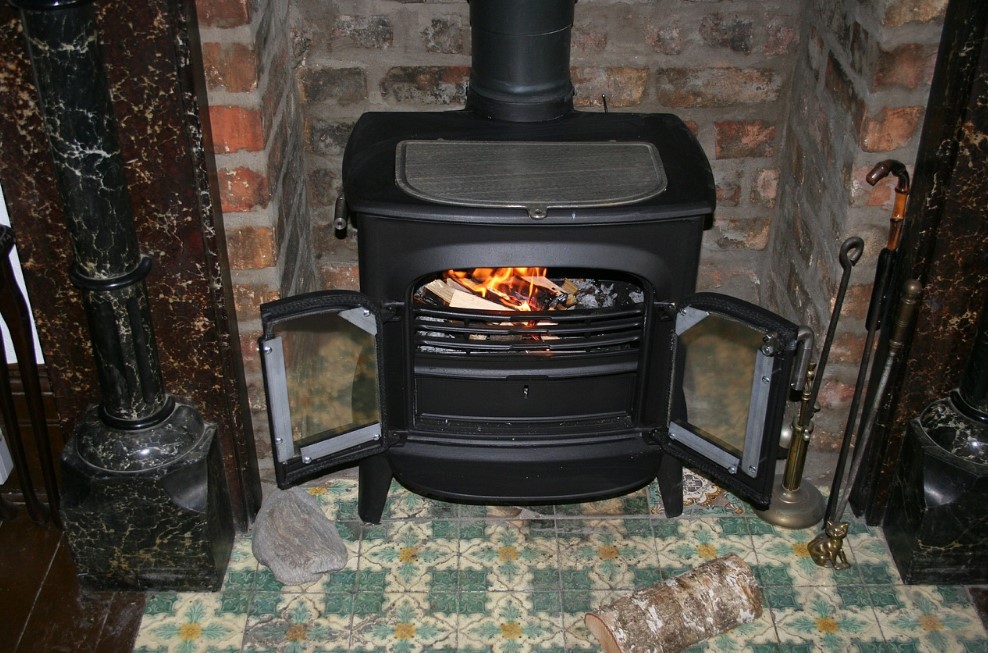Fireplaces are a typical feature in many homes and are enjoyed for their aesthetic appeal, as well as their ability to provide warmth and comfort during cold weather. Two of the most popular types of fireplaces are gas and wood-burning fireplaces, each with its own unique benefits and drawbacks. Below, we will compare the benefits of a gas fireplace and a wood-burning fireplace to guide you in making a right decision on which type of fireplace is ideal for your home. Visit www.newcastlefireplaces.co.uk to browse the services and products available to help you find the right fireplace for your home.
Ease of Use
Gas fireplaces are incredibly easy to use. To start the flame, all you have to do is switch on the gas and touch a button. No need to chop and store firewood or deal with messy ashes. You can have a warm fire in just a matter of seconds with a gas fireplace. On the other hand, a wood-burning fireplace requires a certain amount of effort to start the fire and maintain it. You need to gather and store firewood, as well as attend to the fire regularly to ensure that it stays lit.
Cost
The cost a gas fireplace is generally more affordable than a wood-burning fireplace. This is because gas fireplaces are more efficient and cost-effective to operate. Gas prices vary depending on the state of the market, although they are often less expensive than firewood prices. Additionally, a gas fireplace also doesn’t need any particular upkeep, such ash cleanup, which can raise the overall cost of a wood-burning fireplace.
Environmental Impact
Another benefit of gas fireplaces is their smaller environmental impact compared to wood-burning fireplaces. Gas is a cleaner-burning fuel source, and it releases fewer emissions into the air. Wood-burning fireplaces, on the other hand, release particles and pollutants into the air, which can contribute to air pollution and have a negative impact on the environment.
Maintenance
Gas fireplaces require very little maintenance. The only maintenance required is an yearly inspection by a licensed technician to ensure that the fireplace is functioning properly. On the other hand, wood-burning fireplaces require regular maintenance, including cleaning out the chimney, removing ashes, and ensuring that the fire is burning efficiently. This maintenance can be time-consuming and can add to the overall cost of owning a wood-burning fireplace. Unlike, outdoor fireplaces typically require less maintenance than indoor fireplaces, as they are built in an open environment and don’t have to deal with the elements like indoor fireplaces do.
Aesthetic Appeal
Both gas and wood-burning fireplaces offer an attractive and warm aesthetic appeal, but they each have their own unique look. A wood-burning fireplace is typically more rustic in appearance and can be paired with a wood-burning stove or wood-paneled walls to create a traditional, cabin-like feel. Gas fireplaces, on the other hand, offer a modern and sleek look, with flames that can be adjusted to change the height and intensity of the fire. Aside from a pleasant aesthetic, you can reap many benefits from getting a fireplace, such as added value to your home and improved energy efficiency.
Conclusion
In conclusion, a gas fireplace and a wood-burning fireplace each have their own unique benefits and drawbacks. When you are searching for a fireplace that is easy to use, cost-effective, and requires minimal maintenance, a gas fireplace may be the right choice for you. When you are searching for a fireplace that has a more traditional and rustic feel, a wood-burning fireplace may be the way to go. Ultimately, the choice between a gas fireplace and a wood-burning fireplace will depend on your personal interests and the specific needs of your home.
